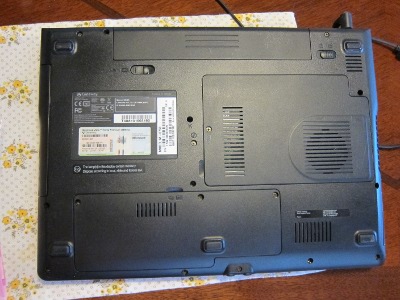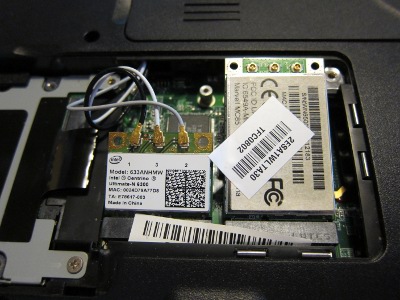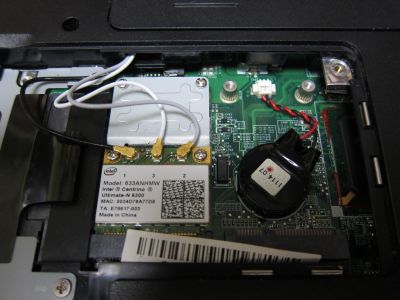Microsoft Outlook Express (OE) is an obsolete mail client that was available in Microsoft Windows XP, Windows 2003 Server and older Microsoft operating systems. It was no longer available on Windows Vista and later, though Windows Live Mail is relatively close in user interface and appearance.
Despite being obsolete and only working on operating systems no longer supported or updated by Microsoft, it still has some users who prefer its simple but powerful user interface. Some of those users will have had a frustrating experience recently, when various mail servers stopped working for outbound mail in OE. Specifically, these are mail servers that use SSL on submission port 465 or 587 for SMTP.
Secure Socket Layer (SSL) is a mechanism for encrypting data between a client and a server. You may know it from website URIs starting with “https:” and web sessions displaying a padlock symbol next to the URI. There are various protocol versions that can implement this encryption layer. One of these, TLS 1.0 which was conceived in 1999, has now been officially deprecated (made officially obsolete) as of the end of June 2018. Software now has to use more recent protocols, such as TLS 1.1, TLS 1.2 or the recently defined TLS 1.3.
Unfortunately, TLS 1.0 is all that OE will speak. It does not understand TLS 1.1 or later. Therefore it can not pick up mail from a POP server using SSL on port 995 or an IMAP server on port 993 or send mail to an SMTP server on port 465 (or 587) with SSL enabled.
Workaround
The only workaround I am aware of (other than switching to a more modern mail client) is to use Stunnel, a tool for Windows or Linux that acts as a proxy. You can configure it to establish an SSL connection to a given host and port when a connection to a given local port is made. Thus you could configure OE to connect to port 9465 on the machine running Stunnel, which might then connect via SSL to smtp.example.com:465 using a more modern TLS version supported by Stunnel (but not directly by OE).
Example
Let’s say Outlook Express was configured to submit outbound mail to smtp.outboundmailserver.com, port 587 via SSL/TLS. This is our SMTP server. Once this server refuses to allow TLS 1.0 connections, Outlook Express will no longer work. Let’s say we also have a simple Linux server mylinuxserver.com. This could even be something like a Raspberry Pi single board computer booting off flash memory. It can run on a local IP in our LAN, if you don’t need to have access from outside your building (OE running on a desktop). On this server we install the stunnel package:
sudo yum install stunnel
Please read the documentation on how to enable the service and have it auto-start when the Linux server reboots.
Next we configure stunnel to act as a client on our behalf and configure it to accept TLS 1.0 connections from us and forward them to the real POP3, SMTP or IMAP server using the latest TLS on our behalf. We will create lines like these in /etc/stunnel/stunnel.conf:
client = yes
;cert = /etc/pki/tls/certs/stunnel.pem
;sslVersion = TLSv1
;chroot = /var/run/stunnel
;setuid = nobody
;setgid = nobody
;pid = /stunnel.pid
;socket = l:TCP_NODELAY=1
;socket = r:TCP_NODELAY=1[smtp-outboundmailserver]
accept = 1587
connect = smtp.outboundmailserver.com:587
Create other entries for the services that you need TLS support for and restart the stunnel service. Then reconfigure Outlook Express to access the Linux host and the port number listed with “accept = ” in place of the original server that refused your Outlook Express TLS 1.0 connection. You should be good to go!
Long term you will still need to migrate to another mail client such as Thunderbird, Windows Mail or OE Classic, but this workaround will buy you some time for that.




